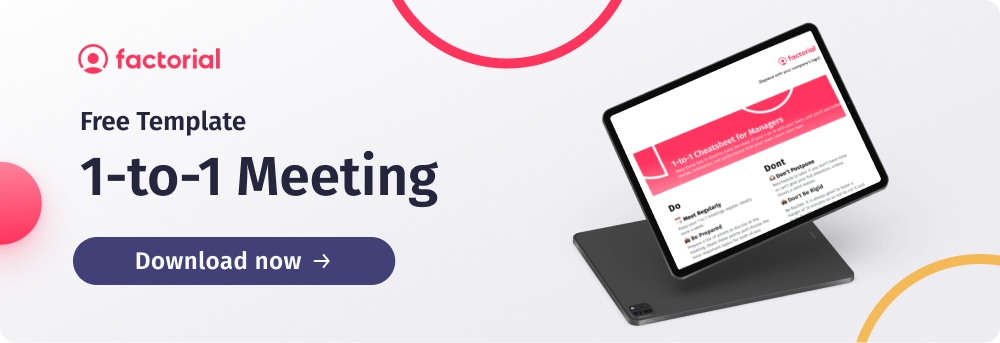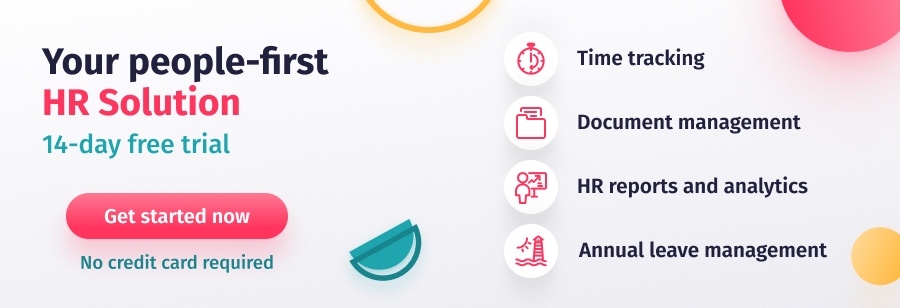Managing underperformance is a crucial aspect of effective leadership and management in the workplace. Whether an employee is struggling to meet expectations or consistently failing to deliver on their responsibilities, it’s essential to take a proactive approach to address the issue. Failing to address underperformance can lead to a decrease in productivity, a decline in team morale, and ultimately, negative impacts on the success of the organisation.
Dealing with underperforming staff involves a variety of strategies, from setting clear expectations and providing feedback to coaching and mentoring. It requires a delicate balance of firmness and support and a commitment to helping employees improve and grow in their roles. By addressing underperformance early and taking a proactive approach to improvement, managers can not only help struggling employees succeed but also create a more positive, productive work environment for everyone on the team.
What is Underperformance?
Underperformance at work refers to an employee failing to execute their responsibilities or meet expectations, standards, or goals set for them by their manager or employer. It can also refer to disruptive, negative, or acceptable behaviour in the workplace, as well as sustained failure to comply with rules, procedures or policies to an acceptable standard.
Underperformance can stem from various factors and can occur in different aspects of a role, including quality of work, productivity, meeting deadlines, attendance, attitude, behaviour and lack of staff motivation.
Managing underperformance can be a significant challenge, especially considering the competitive employment market in the UK; research has revealed that 40% of UK businesses are tolerating low performance due to recruitment challenges. Ignoring can have a negative impact on the individual, the team and the organisation as a whole and so identifying underperformance early and taking the necessary steps to support employees’ improvement is essential.
What are the Effects of Underperformance?
Underperformance in the workplace can have many wide-reaching and significant impacts. Here are some to look out for:
- Decreased productivity: An underperforming employee will not deliver the output required. They may struggle to complete tasks on time, which may lead to a decrease in overall productivity for the team and the organisation.
- Low morale: When a team member is underperforming, it can lead to frustration and resentment, lowering overall morale.
- Diminished quality of work: Underperformance produces work of lower quality, which can lead to issues with customers and other stakeholders.
- Increased absenteeism: A struggling team member may miss work more frequently.
- Negative impact on team dynamics: Underperforming employees may disrupt team dynamics, causing tension and conflict.
- Increased workload for others: If a team member is not completing their tasks effectively, others might need to pick up the slack.
What Causes Underperformance at Work?
There can be various causes of underperformance at work, and these can vary from individual to individual. It’s essential to try and understand the underlying causes of underperformance and address them appropriately.
Here are some of the most common causes of underperformance:
- Lack of skills or knowledge: If someone lacks the necessary skills or ability to do their job, they may find it difficult to meet the expectations of their role. This can also occur if the person doesn’t feel confident in their position or they have the ability but struggle in other areas, like timekeeping.

- Poor work environment: An unsupportive or uncomfortable environment can affect performance and motivation. A recent study highlighted that a positive working environment increases the productivity level of an individual by 5% and team performance nu up to 11%.
- Personal problems: Personal problems, such as health issues or family concerns, can affect focus.
- Insufficient training or development: Without the opportunity to progress with training and development, performance can dwindle because individuals lose motivation or can’t see a path for career progression.
- Lack of staff motivation: Not feeling connected to their work or the company’s culture and values can lead to underperformance. Someone who is unmotivated or disengaged with their work may struggle to perform to the best of their abilities. This can be a risk when doing the same tasks daily with little variation.
- Unclear expectations: Unclear expectations and poor communication can lead to misunderstandings and mistakes.
- Ineffective management: Poor management can lead to confusion, inconsistency, and a lack of direction, affecting an individual’s performance. This is important from the outset, as insufficient onboarding can leave people under-prepared for their roles.
How to Manage Underperforming Staff
Here are 4 steps to take when managing underperforming staff.
Recognise the problem
The first step to managing underperformance is recognising that there is a problem. Managers should identify the underperformance issue as early as possible by monitoring performance metrics, reviewing employee feedback and conducting regular performance reviews.
Start by documenting examples, noting when and why it’s an issue. Considering how the individual’s performance needs to change to return to the expected level is also a good idea. This will give you an idea of how serious the problem is.
Have a meeting
It’s important not to assume you know why your team member is underperforming. The goal of a meeting is to describe the problem clearly, refer back to the information you have already collected, and find out the cause. These meetings should always be one-to-one and held away from interruptions and the earshot of others.
Feedback should be specific and constructive, highlighting areas where they are falling short and what improvements they need to make. Invite your team member to respond and give you their interpretation of what’s happened too.
Remember to be sensitive to any personal circumstances affecting the situation.
Reiterate job expectations
Sometimes it might be as simple as an underperforming employee not understanding the expectations of their role. This happens most frequently when new starters are unfamiliar with the business and the team.
Use this opportunity to ensure the team member understands all aspects of their role and responsibilities. Go through each task and the standard to which it should be completed. This process might also refocus the individual on what they should aim for.
Manage employee expectations
Understanding that this will be a difficult and potentially upsetting time for the employees is vital. Their hopes for the role might not have been realised, and the pressure to perform might negatively impact them even more.
To get the most out of the process for all parties, clearly outline what the employee should expect from the performance improvement process in the future. Set expectations for them, including performance goals, job responsibilities and the consequences of not meeting the requirements. In turn, provide detail on the support they will receive and the structure of the performance development review process.
Implementing a Performance Development Plan
Develop an action plan
A performance development plan (PDP) is a structured approach to help employees improve their performance. At Factorial, we have a performance improvement plan template to help our clients and their teams get the most out of this process. It outlines specific goals, timelines, and metrics for improvement, and managers should work collaboratively with the employee to develop the plan.
If the team member struggles with specific skills, this should also be included. Offer them additional training or development opportunities to help them improve – this may include training, coaching, mentoring, and access to additional resources. Ask questions to explore ideas about improvement and suggest ways of fixing the problem while inviting the individual to contribute to the discussion.
Once you’ve developed a PDP, make sure your team member understands the changes required of them, what needs to be improved and how, what support will be provided, and when the next performance development review will occur. Keep accurate records of the discussion and the agreed outcome. Implementing these can also lower turnover rate, as 65% of UK employees see lack of personal development opportunities as grounds to search for a new role.
Monitor and review
The team member’s progress should be monitored and reviewed regularly to provide ongoing feedback and encouragement and make adjustments to the performance improvement plan when required.
Each meeting should cover the following points:
- Is the current performance satisfactory?
- What has improved?
- What still needs to be improved?
- Any challenges that need addressing
- What training or support is being provided, and how is the employee responding?
- When will the performance be reviewed again?
Make sure you recognise and praise any progress. This will help build up the individual’s confidence in their abilities and motivate them to keep striving for success. The review process should not just be one-sided but should include some self-reflection and self-evaluation from the team member working through the performance development plan.
Alongside the regular formal follow-up meetings, check in informally to make sure the team member feels supported and ensure that you genuinely want to help them improve.
If an employee is unable or unwilling to improve their performance, it might be necessary to consider more severe consequences, such as termination or reassignment.
What to Do if Performance Doesn't Improve
If an employee’s performance does not improve despite efforts to manage underperformance, you must take further action. These are some of the options available to you:
- Reconsider the PDP: If the performance development plan is not achieving results, but you think the team member can still improve, you can revisit the program and make adjustments, like setting new goals or changing the approach.
- Conduct a formal disciplinary: This is a formal review of the employee’s performance, documenting the issues, providing feedback on areas where the employee is still falling short, and outlining the steps that will be taken if there continues to be no improvement.
- Consider a change in the role: If the individual is not a good fit for their current position, you might consider transferring or reassigning them to a different role or team.
- Terminating the contract: If all other options have been exhausted, the business might have to consider termination. This should always be a last resort and handled with sensitivity, care, and professionalism.






